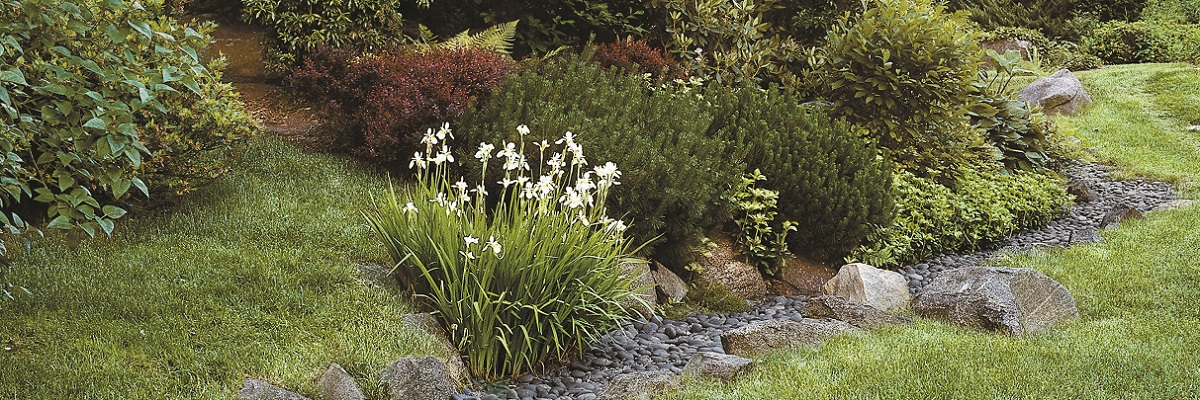Common Causes Of Landscaped Garden Flooding
There are not many things that cause more despair than looking out and seeing that your beautiful landscaping has been flooded. Whilst water is something that we should cherish, especially as it keeps us alive, it does take on a different persona when it is responsible for creating what can only be described as a soggy bog in your garden.
According to Sydney based landscapers www.divinelandscapes.com.au we always automatically assume that our landscaped garden gets flooded due to rain falling from above, and whilst that will normally the source, there are others which are below, and not above.
When we say below, what we mean is that there may be poor drainage in and around your garden, and this can occur for reasons that do not become apparent until the first time you have a prolonged spell of rain.
Examples of where flooding in your garden has causes under the ground include a neighbours drainage system diverting water to your garden, building work close by, normally in neighbours, causing water to be diverted, or it could be that the water table under your garden is simply too high.
Others causes can be that your property, including your garden, is built on ground which contains water-retentive clay, is built at a level lower than your neighbours, or is at or near the foot of a hill.
Now unless there has been a burst water main nearby, obviously, the original source of the water will likely be rain. The real problems start when this rainwater is not able to drain properly or is diverted in some way into your garden for the reasons we have cited, and thus causes the flooding in and around your landscaping.
The biggest problem with trying to fix drainage issues in around your home is that the work can be expensive. So, before you jump online and search for a local drainage company, there are some steps you should take first, just to double-check that you do actually need drainage work.
What you are going to do is dig a hole which is 2 feet deep in your garden. Next, you fill that hole with water and then wait for around 4 hours. If, when you return, the hole is empty and the water has drained away, then you may not need large drainage work. However, if there is still water in the hole, then, unfortunately, you have a serious drainage problem that needs fixing.
Now, it may be the case that for practical, or cost reasons, having a drainage company fix your drainage issue is not possible, so here are some ideas which can help, even if they do not completely eliminate the problem,.
The first is to think about the plants you have in your garden. Some are more conducive to regulating wet soil than other such as hydrangeas, whereas if your ground has a high clay content, fuchsias and geraniums can help.
Another option is to introduce large amounts of organic material into the soil in your garden. This works because the soil will absorb a lot more of the water than before, due to the organic material making it more porous.
If all else fails and you are resigned to having a garden that floods, then do not despair because you can instead have a ‘boggy’ garden. This means planting flowers and plants that love water and boggy conditions such as ferns, maples, and mint.







